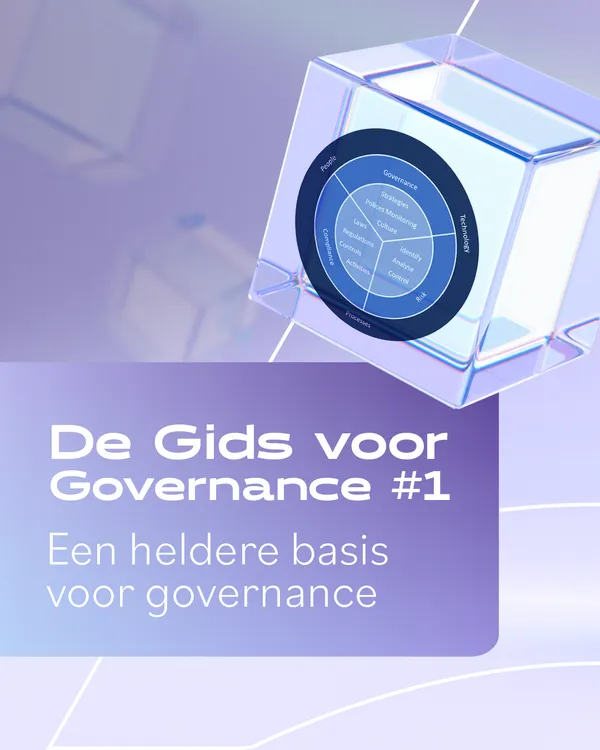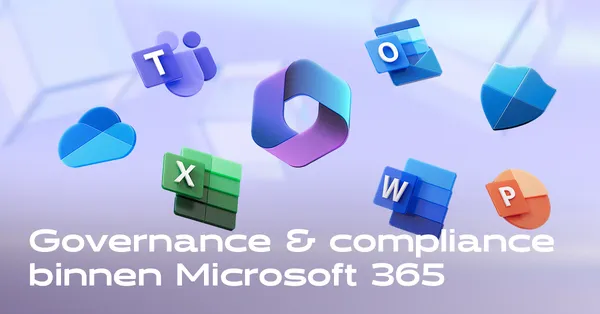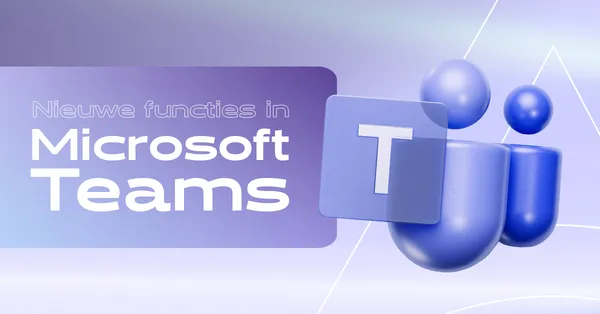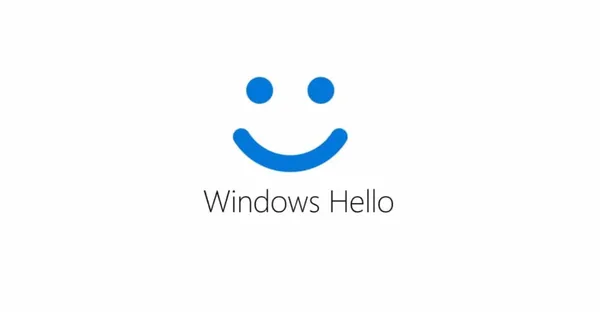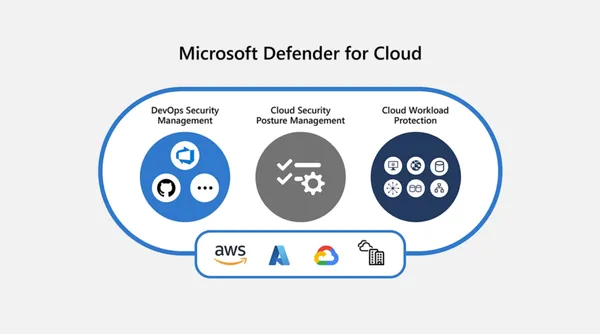
Knowledge base
April 11, 2023
Migration guide from Google Workspace to Microsoft 365 for business
Many organizations are making the switch from G Suite (now Google Workspace) to Microsoft 365. This decision is often made at the executive level, but the technical implementation usually falls on the shoulders of the IT team. In this guide, we explain step by step how to successfully migrate to Microsoft 365, with practical tips for planning, implementation and management.
Why switch to Microsoft 365?
Microsoft 365 offers several benefits for businesses looking for scalability, security and more advanced collaboration capabilities. Here are some key benefits:
- User-friendly collaboration – Office applications such as Word, Excel and Teams promote seamless collaboration.
- Security and compliance – With advanced security options, such as multi-factor authentication and certifications (FISMA, HIPAA, GDPR), Microsoft 365 provides strong protection for your data.
- Offline access and cloud storage – Working without an Internet connection is possible, with automatic synchronization as soon as you are back online.
- Flexible licensing options – Microsoft 365 offers several subscription options that can grow with your organizational needs.
The first step: Planning your Microsoft 365 migration
The basis for a successful migration is thorough planning. Start by analyzing your current environment in Google Workspace. By understanding the data and workflows used, you can determine which data are critical for migration and which data may need to be set up in a new structure.
Key points of interest in the planning phase:
- Inventory of data and workflows – What needs to be migrated, and what can be left behind?
- Tenant implementation – Make sure your Microsoft 365 environment is properly set up in terms of email, identity, and data security.
- Business process documentation – Capturing workflows helps make the transition smooth and increase adoption.
- Communication with end users – Plan communication to end users about what they can expect, focusing on changes in their practices.
Choosing the right migration tool
Several tools are available to support migration. Microsoft offers native migration tools, but for specific needs or complex migrations, an external tool may be a better solution. When choosing a migration tool, consider:
- Supported environments and data formats – Make sure the tool supports all your data and platforms.
- Compliance and security – The tool must comply with relevant standards (e.g. GDPR, HIPAA).
- Cost and licensing options – Choose a licensing option that fits the size and budget of your project.
Migration Strategies: Pre-Staged Cutover, Big-Bang, or Co-Existence
The strategy chosen depends on the size of your organization and your specific requirements:
- Pre-Staged Cutover – The most commonly chosen option, where most data is pre-migrated. This reduces downtime, but can be risky if changes occur during the migration.
- Big-Bang – All data is migrated at once, often over a weekend. This is faster, but requires a temporary service interruption.
- Co-Existence – A more gradual migration, suitable for large organizations that cannot tolerate disruption of services. This option is more complex and may take longer.
Tip: Ideally, start with a Pre-Staged Cutover and run through table exercises to determine suitability for your organization.
Document every step of your migration process
Documentation is essential for controlled progress and provides references during and after the migration. It also helps meet compliance requirements and makes it easier to evaluate the project afterward. For documentation, consider:
- Centralized document storage – For example, use a OneNote notepad or SharePoint site for all your migration documents.
- Detailed user instructions – Make clear what end users should do before, during and after migration.
The importance of communication in your Microsoft 365 migration
In a migration, change is inevitable, and communication is essential to ensure a smooth transition. Create a timeline for your communications with users and ensure consistency in your message. Start with an overview message to all stakeholders and then plan specific updates during the migration. Tip: Work with HR to find the right tone for your communication and align it with your corporate communication style.
Develop a Migration Runbook
A Migration Runbook is an action plan in which you document step-by-step the entire migration process. This document describes each task, with specific dates, responsibilities and expected outcomes. Subdivide the plan into phases:
- Pre-migration – Preparation and setup of the Microsoft 365 environment.
- Migration Cutover – The actual migration of data and users.
- After migration – Validation and testing of the new environment.
- Cleaning up – Checking for lagging data and optimizing the new structure.
Tip: Take the time to carefully draft the Migration Runbook and go through it with everyone involved to make sure everyone is on the same page.
Implementation and completion of migration
With a well-thought-out plan in hand, you are ready to execute the migration. Follow the runbook carefully, document progress and provide detailed reporting of any issues. This provides a clear focus and helps keep the migration process on track.
How we can help you
At ALTA-ICT, we have extensive experience guiding organizations through their transition to Microsoft 365. Our team provides technical support and change management, ensuring a smooth implementation focused on satisfied end users and minimal workflow disruption.
Benefits of partnering with ALTA-ICT:
- End-user change management integrated with technical support
- Best practices for high user satisfaction and streamlined rollout
- Accelerated project timelines through proven processes
- Managing risks and reducing surprises during implementation
Contact us today and let us help you successfully migrate to Microsoft 365!
Want to know more?
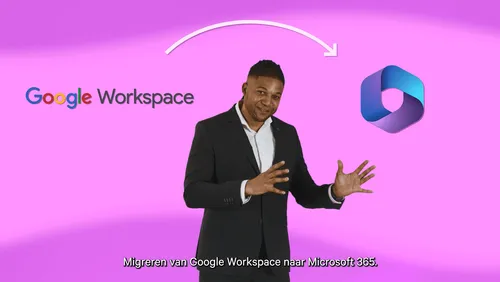
Gerelateerde
blogs
Tech Updates: Microsoft 365, Azure, Cybersecurity & AI – Wekelijks in je Mailbox.

